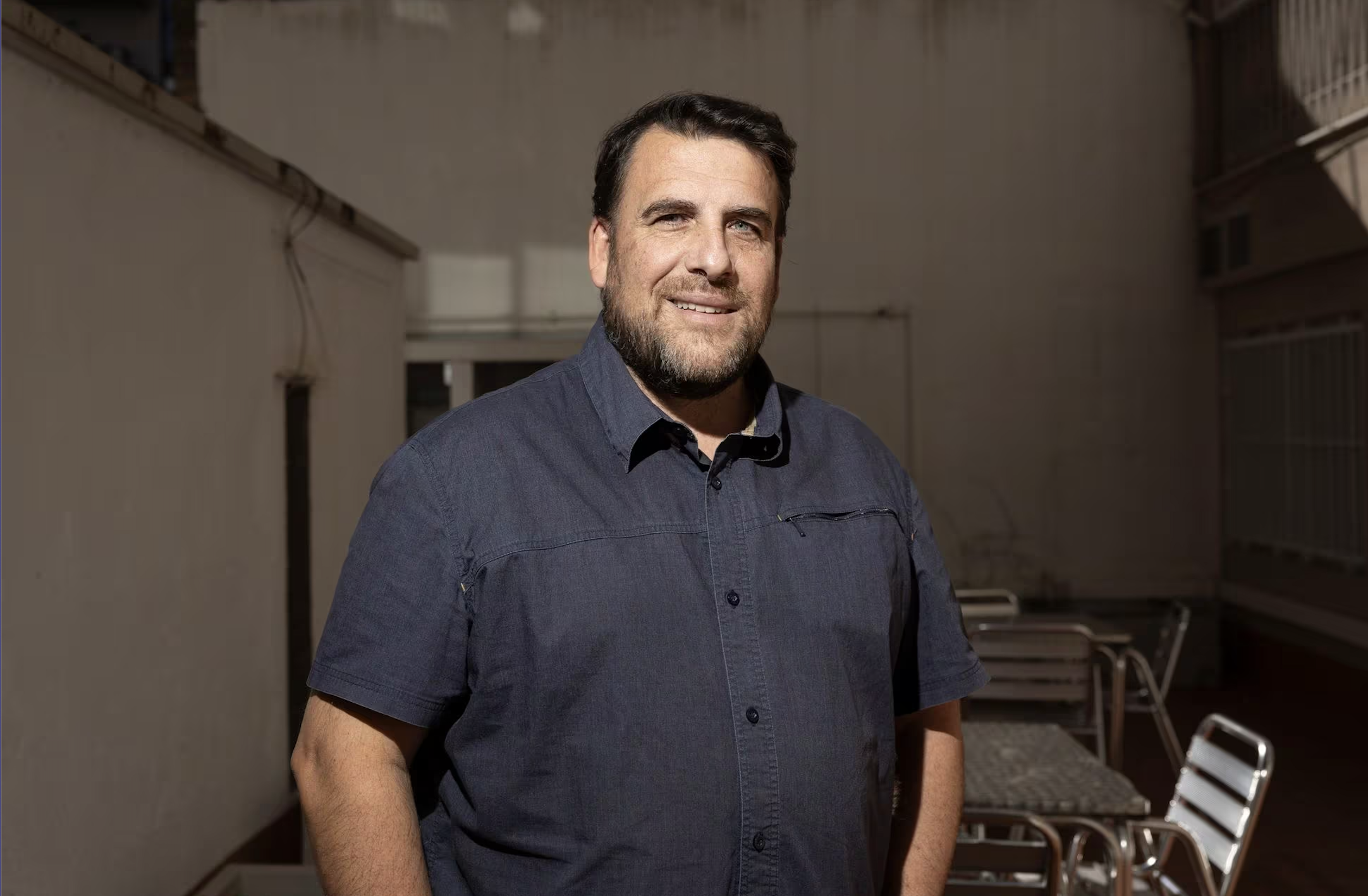The 2023 drought significantly reduced the activity of tiger mosquitoes and common mosquitoes in the streets of Barcelona, decreasing it by 45% compared to the previous year, according to data from the Public Health Agency of Barcelona (ASPB). The lack of rain, coupled with high temperatures, created an environment less favourable for these insects to reproduce, as they need water to survive.
High temperatures, a consequence of the climate crisis, have caused changes in the seasonality of mosquitoes. The season starts earlier and sometimes lasts longer, but the extreme drought of 2023, the driest year on record and the second hottest, reduced mosquito activity. “In public areas, where there is less water, mosquitoes decreased. In private properties, where there are gardens and pools, there is a proliferation of mosquitoes,” explains Tomàs Montalvo, Head of the Urban Pest Surveillance and Control Program at the ASPB.
Montalvo highlights that in public areas, mosquitoes share breeding sites, mainly drains that channel rainwater. Having less mosquito activity is positive: “This improves the city’s well-being. We can be outdoors without being bothered, and it also reduces the chance of diseases such as dengue, Zika, or chikungunya being transmitted,” he adds.
However, this situation could change with the recent spring rains, which have mitigated the drought and might cause a moderate increase in the mosquito population. “This spring’s rain has been explosive, reactivating breeding sites that we didn’t have in previous years,” says Montalvo. Therefore, preventive measures in public areas are being intensified to minimize the impact.
The city of Barcelona is participating in the European project IDAlert to evaluate the impact of modifying drains to reduce the mosquito population > watch video here.
The ASPB identifies public spaces with potential mosquito breeding risks each year, aiming primarily to eliminate breeding sites. From April to November, surveillance and prevention in these areas are intensified, and action is taken where activity is detected. Last year, more than 40,000 surveillance and control points, such as drains and ornamental fountains, were reviewed, with activity detected in about 250 cases, and nearly 25,000 larvicide treatments using biological products were carried out.

Efforts focus on hotspots such as fountains and drains designed to accumulate rain-carried sand, preventing it from entering the sewer system. These contain stagnant water, a dark spot, and the optimal temperature for mosquitoes to breed. Barcelona has over 11,000 such sandy drains, and the ASPB continuously monitors these breeding sites, although not all are problematic. When specialists detect mosquito activity, they remove the stagnant water to prevent reproduction.
Despite these efforts, most mosquito breeding sites, especially for the tiger mosquito, are found on private properties. Approximately 70% of this insect’s activity occurs in gardens, terraces, and patios. A female tiger mosquito can lay up to 200 eggs in small containers of accumulated water. To prevent their proliferation, it is recommended to check and empty these containers every five to seven days.
To combat this issue, the ASPB is promoting the campaign “At your home, we prevent the tiger mosquito,” aimed at reducing breeding sites in private homes. This campaign includes visits from professionals who offer informed inspections to help identify possible breeding sites and explain the measures to eliminate them. Last year, this campaign was deployed in the Horta-Guinardó district, and this year, around 400 visits are planned for the Sarrià-Sant Gervasi district.
For further details, you can refer to the original sources of this article (in Catalan): ara.cat, elperiodico.cat, and naciodigital.cat.
Additionally, you can watch the news coverage on this topic from TV3 here (in Catalan)


